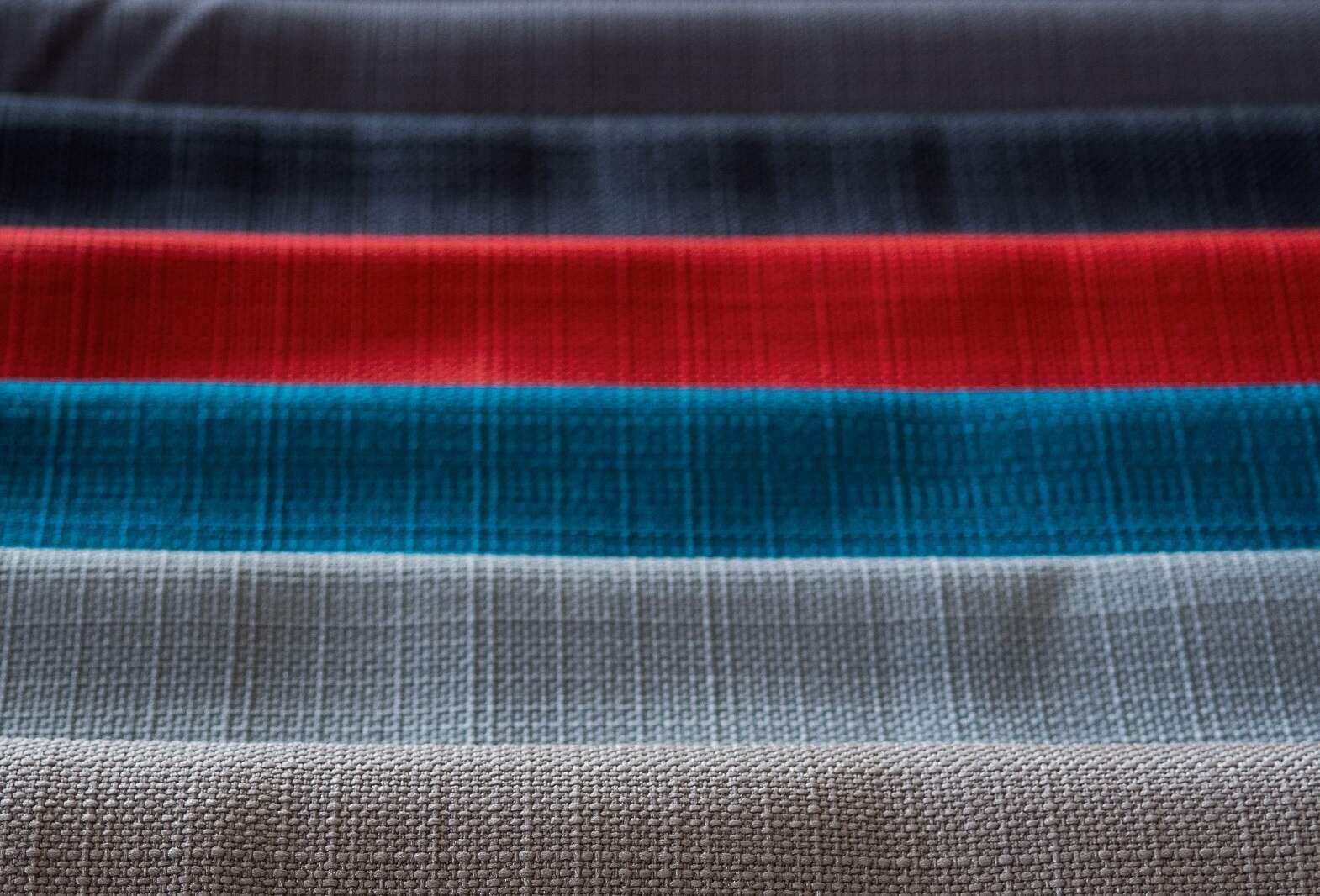Welcome to the tapestry of visual storytelling, where fabrics take centre stage, and every thread weaves a narrative waiting to be captured. But how can you capture their essence in a frame?
The artistry lies not just in the click of a camera but in an orchestra of simple techniques—from teasing out light’s delicate dance on textures to choosing backgrounds that make colours sing.
Embark on this journey through easy, yet impactful tips that promise perfect photos of fabric, filling your portfolio with shots as rich and detailed as the materials themselves.
7 Easy Tips to Capture Perfect Photos of Fabric
Dive into the fabric of photography with ease. These 7 tips will have you capturing the textures and colours of textiles like an artisan behind the lens. Ready to weave magic with your camera?
1. Make Good Use of Natural Light
Natural light is your best buddy when it comes to highlighting the lush textures and vibrant hues of fabric. Much like that first sip of morning brew, it is all about timing and quality. Too direct, and it punches hard—flattening the richness. Too scarce, and it leaves you squinting for details.
The sweet spot? Soft, diffused daylight. Think “cloudy with a chance of gorgeous photos.” It drapes over materials like velvet on skin, revealing character without casting harsh shadows.
2. Use a White or Contrasting Background
Visualise the fabric as your storytelling protagonist, and you are hunting for the perfect stage. Enter a white or contrasting background. A clean, white canvas is like that all-seeing theatre spotlight—it does not compete. It complements, pushing your fabric into the limelight.
Contrast acts as the yin to its yang. It is about balance. Think of a duet where both voices mingle, but neither overwhelms. Choose wisely and watch as the fabric takes a breath.
3. Edit Your Photos Using Software
Editing photos using software is important. It is like brewing the perfect cup of coffee. The beans matter, but it is how you grind them that brings out the flavour. Take your raw shot— “the bean,” if you will—and finesse it into a fine brew. But what if you do not know how to edit?
If that sounds like you, consider using AI for photo editing to transform good old snapshots into gallery-worthy masterpieces with just a few clicks. Remember that subtlety is key in editing.
4. Use the Correct Camera Settings
There are specific camera settings you should use if you are thinking of snapping fabric and/or clothing. The three most important settings to fix are ISO, aperture, and shutter speed. For ISO, use a low setting of 50, 100, or 200, as this helps to prevent any graininess or noise.
The aperture should be f/5.6 or f/8, as this allows for enough light and depth. For close-up shots, consider using f/1.4 or f/2.8. The shutter speed depends on the situation, so experiment.
5. Adjust the Temperature of Your Photos
Delve into the warmth or coolness of your pictures as if stirring a cup of cocoa to suit your taste on a winter day. The temperature of your photos can wrap your fabric in an inviting glow or swathe it in a serene chill. Tweak it, and you shuffle the mood as well as the colour of the photo.
Warm tones invoke coziness and intimacy, while cool tones bring crispness. It is this subtle alchemy in editing that can whisper tales of seasons and textures before words meet the page.
6. Lay Everything Flat or Use a Model
Picture this: a fabric, laid out flat. It is like looking at the calm sea from above, every ripple and wave on display. It is simplicity itself. The fabric speaks without a wrinkle of interference. But sometimes, you want the sea in motion—then you bring in a model, especially for clothing.
See the cloth drape, fall, and cling. This makes it come alive and whisper secrets about its flow and fit. Whether it nestles into a still life or contours around human curves, each tells a story.
7. Get Inspiration From Other Creators
In a world where every shutter click captures a tale, do not hesitate to leaf through the visual stories of others. Like sipping different blends at your local coffee shop, drawing inspiration from fellow creators is about tasting varied perspectives. With that said, you should never copy.
Watch how light plays in someone else’s frame, how they flirt with shadows and romantic textures. It is this creative cross-pollination that can infuse your work with so much imagination.
In Conclusion
Now that your palette is brimming with these tips, seize your camera and step into the workshop of light and shadow. Let the world see fabric through your eyes—transformed from mere threads into stories stitched in time. Every photograph you take is a chapter of your creative narrative.
Embrace these practices, blend them with your flair, and craft images that resonate with texture and depth. Are you ready to turn the ordinary into the extraordinary? Go ahead, start capturing!







Comments